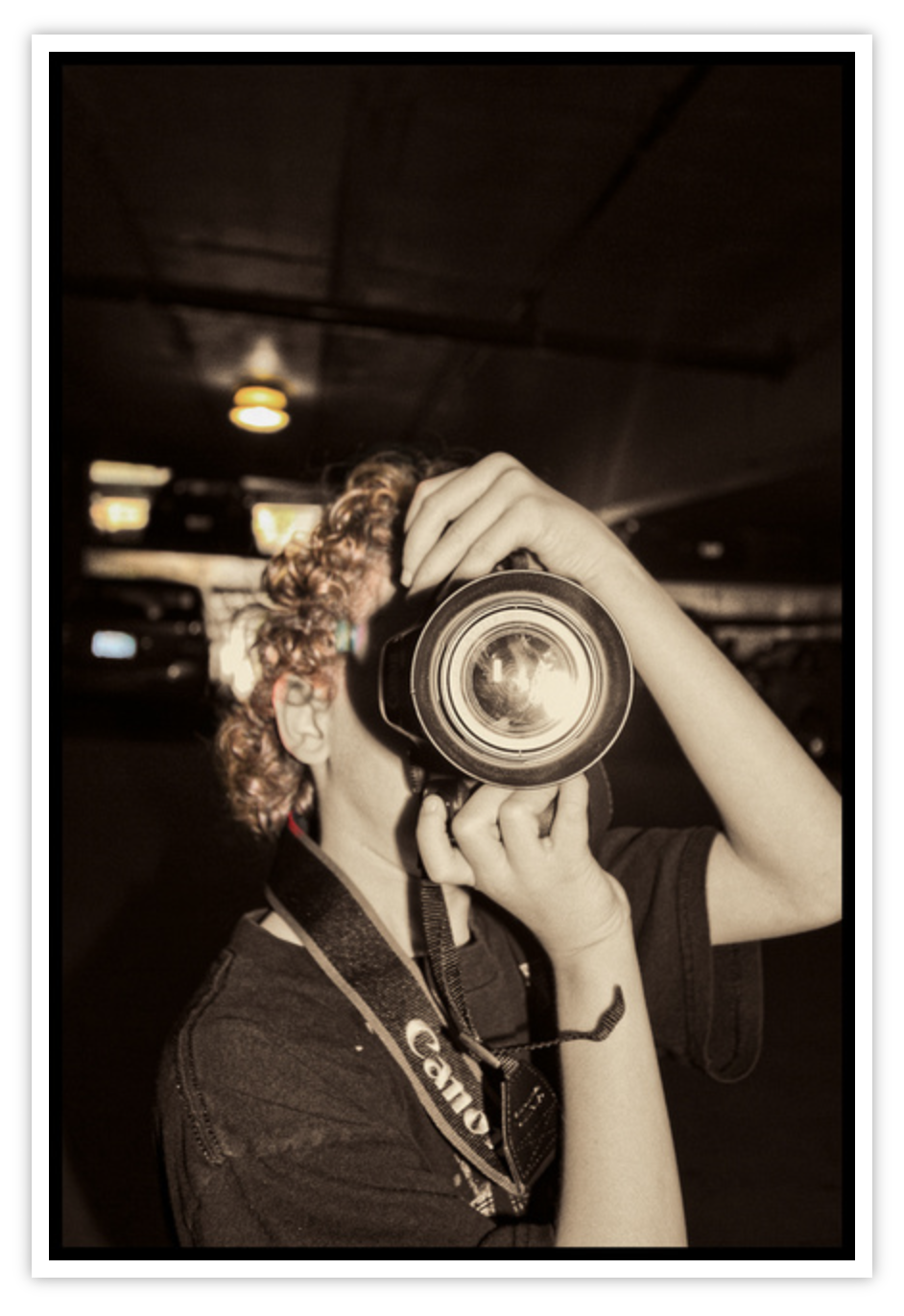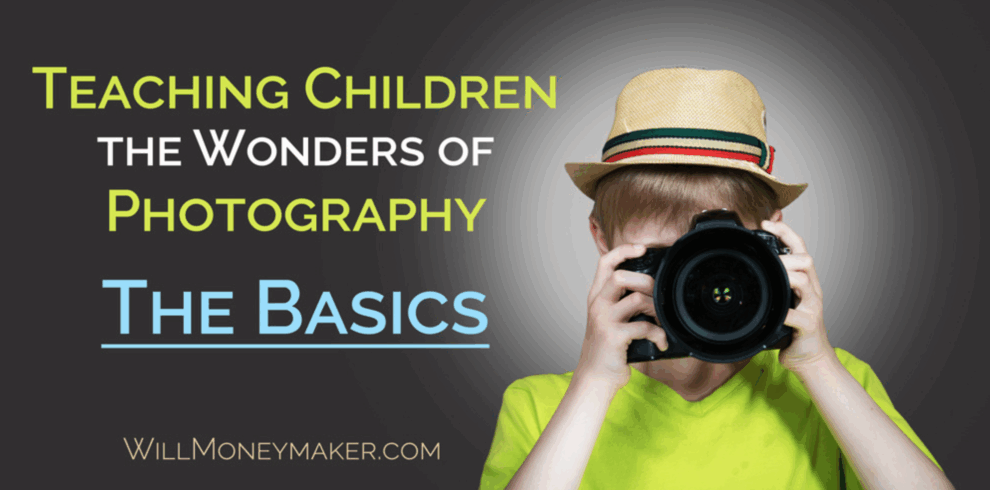Photography, like so many other art forms, is a time-honored tradition that is passed down from generation to generation. Perhaps you’d like to teach photography to your own children, or maybe there is a group of children that you work with who find themselves fascinated by photography and wanting to learn more. Either way, when teaching photography to youngsters who may no experience with cameras whatsoever, you’ll need to start from the beginning, with the basics.
Throughout this series, I’ll show you what you’ll need to teach children and the order in which it needs to be taught. Read on for the first part, where I’ll show you the basics that kids will need to start with!
Showing Children the Basics of Operating a Camera
No matter what kind of camera your child will be learning with – a DSLR or a point and shoot – you’ll need to show him or her how to hold and use the camera. Here is a quick list of points to cover:
- Start by showing them how to grip the camera – the left hand firmly gripping the left side, using the camera’s contoured grip, if it has one, and the right hand positioned so that the index finger can easily reach the shutter button or adjust the lens.
- Once they are holding the camera properly, show them some of the things they’ll need to know about operating the camera (removing the lens cap, powering the camera on, and pressing the shutter button to take a photo).
- Finally, show them how to look through the camera’s viewfinder, and make sure to explain that the things they see through the viewfinder will be what the photograph will look like. If your camera has a live view feature, you can also show them how to use this, as well.
For your first foray into photography, you’ll likely want to ignore the finer points of shutter speed settings, aperture, and other details. For now, make sure that the camera is set to the automatic mode so that the child can get a feel for the basics of taking pictures.
Encourage Them to Take Lots of Photos!
Now that the child has a firm grasp on how to use the camera, it is time to let them take photos. Chances are if you’ve been a photographer for a long time, you started with a film camera. Maybe your mentor told you to be careful about the number of images that you take so as to not waste film. Fortunately, we are now in the digital era, so rather than teaching your child to be conservative about taking photos, let them go wild and encourage them to take as many photos as they like. This will ensure that they get comfortable with the camera’s basic functions before you start teaching more complex lessons.
Teaching Children How to Make Interesting Photographs
Once the child has become comfortable with the camera (and hopefully fill up a memory card or two!), now it is time to show them what makes some photos more interesting than others.
One way to do this is to sit down with the child and go over the photographs that he or she has already taken, pointing out the particularly interesting shots as you go along. As you’re pouring over your child’s images, here are some of the things that you can explain:
- If you have a pet, show the child how much more interesting it is to take an image with the pet facing the camera rather than the pet facing away from the camera. The same goes for images of their friends and family.
- When your child is photographing an object – anything from a tree to the family’s car, to their favorite toy – make sure that they know to include the entire object in the frame rather than cutting part of it off.
- If the child hasn’t already done so, you can show them how to take basic landscape images. This shows them how to create images with an interesting foreground, middle, and background, and it also shows them how to work with horizon lines.
Of course, there are hundreds of small factors that make some photos more interesting than others. As you’re teaching a child to take photos, make sure that you point out as many of these factors as you can think of so that they’ll have a good grasp of what it takes to make an image interesting.
Teaching the Basics of Composure
When it comes to composing a photo, there are a lot of things that you can teach while skirting some of the most complex topics like balancing colors and lighting. Start with things like zooming in or out. One of the first things a child should learn is that when you’re photographing a single subject, like a pet, a person, a flower or an insect, the best thing that you can do is to zoom in to capture details like the person or pet’s facial expression or the fine details on a flower or insect.
At the same time, teach children that when they want to zoom out for the bigger picture, it is totally acceptable to do so. Show them how to zoom out or back away so that they can catch a group of people doing some sort of activity, or zoom out to capture a landscape photo that tells a thorough story about the landscape.
Once your child is comfortable with this, you may also want to teach them about the Rule of Thirds and leading lines. These two concepts are simple to grasp, and once your child understands how to lead viewers deep into a frame with leading lines, or how to make an image more dynamic by off-centering subjects and horizon lines, they’ll be well on their way to becoming a more advanced photographer.
This post will get you and the children that you are teaching on your way. Next week, I’ll dive deeper into this subject and show you some of the most advanced things that will need to be taught next.





